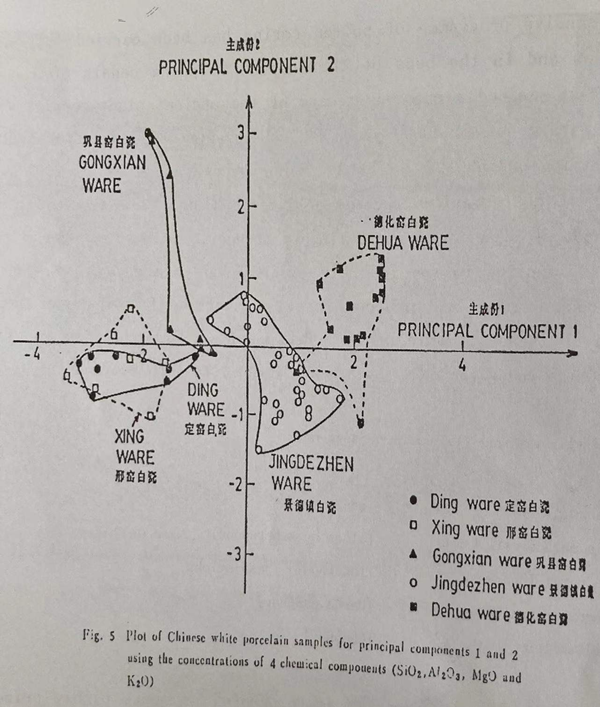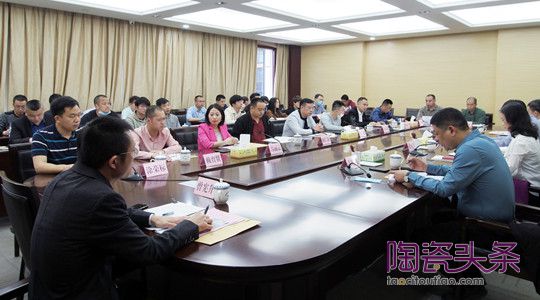宋元时期中国远程贸易的德化瓷在泰国南部塞丁普拉遗址的发现(七)

-
小陶陶
2022-04-25 1318
12360
编者按:
2011年11月,由北京故宫博物院、中国古陶瓷学会、福建省文物局、德化县人民政府共同主办的“2011中国瓷都・德化窑学术研讨会”在瓷都德化举办,近百位国内外博物馆馆长、从事陶瓷文化研究的专家学者齐聚瓷都德化,以“的故乡、瓷艺术的摇篮”为主题,共同研讨深厚的德化窑陶瓷文化。
研讨会共提交专题论文39篇,其中不乏外国专家的作品。与会的专家学者以翔实的图文史料为佐证,从学术专业的角度对德化窑在国内外陶瓷文化领域的历史地位和影响做了全面深刻的阐述,是一笔难得的、丰硕的学术成果。
近期,《外国人眼中的“”》栏目将再次回顾刊载该研讨会的相关论文,并对其中的论文进行翻译,为广大德化陶瓷文化研究爱好者提供学习、交流、参考。
Dehua Ceramics in Long-distance Trade in the Song- Yuan period: excavations at Satingpra, South Thailand(七)
Janice Stargardt 翻译:孙延燕
This list contains two forms of frankincense that were highly prized in Song China, the less costly but most widely used incense in China and two forms of valuable camphor. It confirms the notes above to indicate the economic values in perishable commodities that Satingpra was contributing to the maritime trade of which the high grade ceramic sherds above provide durable in situ evidence.
这份名单包含了两种在宋朝极为珍贵的乳香,一种是价格较低但在中国使用最广泛的熏香,另一种是两种价值较高的樟脑。它证实了上述说明,以表明易消失商品的经济价值以及塞丁普拉在促进海上贸易曾经发挥的持续促进作用,其中上述高等级的陶瓷提供了持久的证据。
Let us now turn to the evidence provided by chemical analyses of the paste of speciemen sherds excavated at Satingpra. Following the procedures established by Yap,C.T. and Hua Younan (1992), the results shown in Fig 14 enable clear distinctions to be made among white bodied ceramics of similar general appearance and potting technique. Sample sherds from the Satingpra excavations were submitted to the Institute of Ceramic Technology, Shanghai for testing and the identifications presented above are based in part on their analyses and in part on the aesthetic knowledge of the experts listed below. Fig 14 below, shows the diagnostic differences between the five famous white wares of China of the period from the Northern Song to the Yuan in terms of their distinctive concentrations of four principal chemical components: Si02, Al03,Mg0 and K20: the Gongxian, Xing, Ding, Jingdezhen and Dehua ceramics respectively.
现在让我们看看在塞丁普拉发掘的瓷片黏土化学分析提供的证据。根据三位专家建立的程序,图14显示的结果可以清楚地区分总体相似外观和类似注浆工艺的白色陶瓷。塞丁普拉挖掘的陶瓷碎片样本已提交给上海陶瓷技术研究所进行测试,上述鉴定部分基于其分析,部分基于下列专家的美学知识。下图14显示了北宋至元代中国五种著名白瓷在四种主要化学成分(Si02, Al03,Mg0 and K20)的浓度特征方面的诊断差异,这四种主要化学成分分别是巩县、兴县、定县、景德镇和德化的陶瓷。

Fig. 14, differences between five Chinese white ceramics in terms of four principal components
责任编辑:陈美珠
















